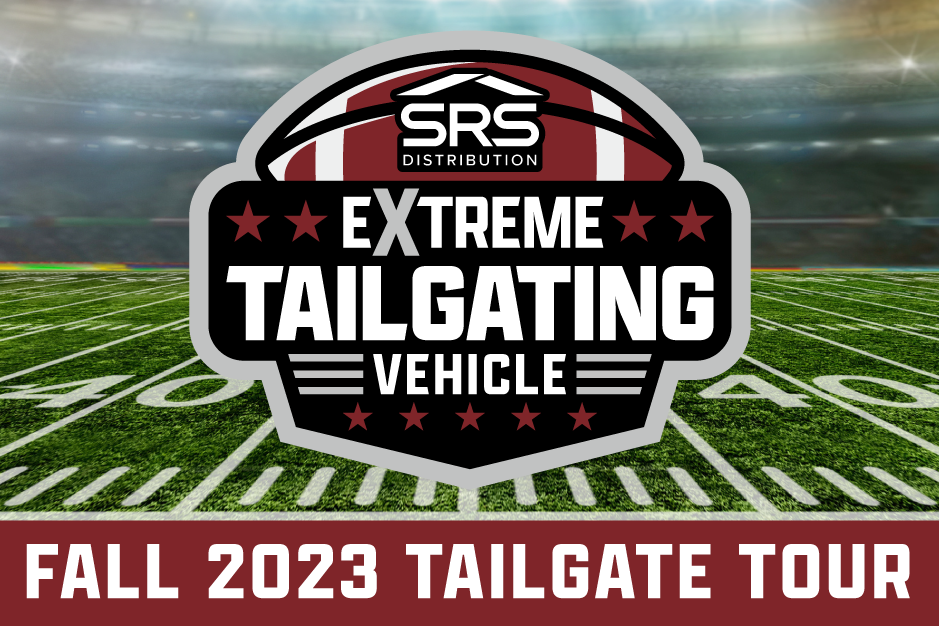Florida has a long and storied history with hurricanes. The state has experienced many of these, including some of the worst in the country’s history. Approximately 41% of hurricanes in the United States made landfall in Florida.
One of the most infamous years in Florida’s history was 2004, when five hurricanes hit the state. Bonnie, Charlie, Frances, Ivan, and Jeanne all hit within six weeks.
Florida experiences the most hurricanes out of all the states in the country. That makes it crucial to help homeowners prepare and overcome the damages caused by the elements.
Why Are There So Many Hurricanes in Florida?
A hurricane is a severe weather event that stems from a tropical storm. It starts forming over the warm waters of the Caribbean or the west coast of Africa. As it moves westward, the storm gathers energy by contacting the warm ocean waters. Evaporating seawater increases the power of the storm. The warm air spirals upward toward the center of the tropical storm.
Florida is close to the equator. Trade winds are found here and create a continuous cycle of warm air. In other words, it is an ideal spot for tropical storms to form and grow.
People living in Florida must learn to deal with constant hurricanes. Roofing contractors in the area need to know how to deal with the damage this weather force can do to their clients.
Preparing for a Hurricane in Florida
There is no real “hurricane-proof” house. You can do several things to increase the durability and preparedness of the home, though. For example, asphalt shingle roofs are the most popular in Florida because of their cost and resistance to outside elements. But you can build a stronger roof with metal.
Metal roofing is becoming more popular because of its durability, sustainability, and longevity. Not to mention, metal roofs look attractive.
What to Do After a Hurricane
Helping homeowners assess the damage to their homes should be your No. 1 priority once the hurricane has passed. Your primary role is to check for any signs of damage to their roofing or walls. Document everything you find:
- Write down your observations
- Supplement the information with photos and videos of the damage
- Note the severity
The information you gather will be critical in case the homeowners need to file a claim to help with the repair costs.
After a major hurricane hits Florida, you can expect increased calls, emails, and customer messages. That can get overwhelming for you and your team. It can create chaos in your office and become detrimental to your service.
What you can do is prepare a process for taking requests. Set up different avenues for your customers to reach out and have dedicated services to address that. An answering machine is a start. Set it up to help screen phone calls. You can even consider virtual receptionist services so your customers can speak with someone, and they will organize everything for you. That includes the schedule, contact details, initial report, and customer location.
You also need to be contactable through other digital means. Some people prefer sending emails instead. For that, you can set up a dedicated email address to receive roof damage reports and requests for assessment. That allows you or your team to sift through the information and organize the work schedule.
Social media channels are also common when looking for services. If you have a Facebook page, consider creating an automated response system to gather as much information from the customer before you go to them.
You can assess more customer homes efficiently and effectively by being organized and prepared.
Prioritize Your Customers
Hurricane damage is not equal for everyone. Some homes do not even get a scratch, while others require major repairs. Ideally, you want to work from the top down. Prioritize customers who have immediate and impending needs for repair. If you are not available, the customer would probably go with another service provider.
That is where creating a customer service system helps. You get information, take note of their problems, and you can assign priorities from there.
Tools like NearMap and EagleView help decide your prioritization. It creates an opportunity to check areas and see the damage from your computer. That way, you have a general idea of what needs to get done first.
Temporary Solutions After a Hurricane
It is common to use blue tarps after a hurricane to provide a temporary covering for homes damaged by the winds. They are used until you can create a more permanent solution.
However, a backlog of tasks can mean you cannot get to other homes quickly. And living under a blue tarp for weeks does not sound appealing.
What you can do is offer longer-term temporary solutions other than a tarp. Services like StormGear give your clients better temporary roof protection. That buys you more time to complete the job and repair the damage. The benefits of using StormGear are:
- Securing the roof after hurricane damage
- Resistance to fire
- Slip and tear-resistant
- Provides UV protection for up to 24 months
- Easier to use and inspect
Opportunity to Improve Homes
Sometimes, a hurricane can bring in good opportunities. People hold off on home improvement because what they have essentially still worked for them until the forces of nature say otherwise.
A severely damaged roof opens up an opportunity to improve it. For example, if they use shingles, you can offer metal roofing to repair their home. It can be a bit more expensive, but it will last longer. And based on their recent experience, you can convince them with better, more durable alternatives.
The materials used on a roof are important. It can mean the difference between getting blown away by hurricane-force winds or withstanding the entire weather event. Your job is not only to install the roof but to guide your customer in making a decision.
As a roofing contractor, you are the primary source of information for homeowners. You are the expert, and your advice weighs heavily on their decision-making. Help them plan and offer alternatives along with their pros and cons. Work with the customer instead of only doing what you are told.
Things to consider for improving roofing include:
- Future hurricanes that can hit the area
- Keeping up with changing building codes
- Navigate insurance claims
You have experience and knowledge in this field that is very valuable to homeowners. Work well with your customers, and they will put their roof in your capable hands.
Work With Suncoast Roofers Supply
Suncoast Roofers Supply is your trusted partner for anything you need to get the job done for your customers. We offer a variety of roofing products, from metal roofing to accessories. If you need anything, do not hesitate to contact us so we can discuss the project.
We also offer consulting services for your business. Do you need to learn about a new product? Maybe a second opinion on a project? Our territory managers are here for you. They are more than salespeople, providing you with valuable information.





